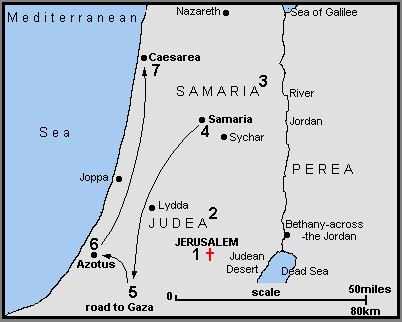Lydda is a city in present-day Israel that has a rich history in the Bible. In the Old Testament, Lydda is mentioned in the book of Joshua as one of the cities that the Israelites conquered as they entered the Promised Land. The city has also been known by other names such as Lod and Diospolis. In the New Testament, Lydda is mentioned in the book of Acts, where it plays a significant role in the spreading of Christianity.
One of the most notable events in the Bible concerning Lydda is the healing of Aeneas by the apostle Peter. According to the book of Acts, Aeneas was paralyzed and bedridden for eight years when Peter visited him in Lydda. Peter said to him, “Aeneas, Jesus Christ heals you. Get up and roll up your mat.” Immediately, Aeneas was healed and he got up and walked. This miracle caused many people in Lydda and Sharon to turn to the Lord.
Another important event in the history of Lydda in the Bible is the raising of Tabitha from the dead by Peter. Tabitha, also known as Dorcas, was a beloved woman in the community who made clothes for the poor and widows. When she fell ill and died, the disciples in Joppa sent for Peter, who came to Lydda and raised her from the dead. This miracle led many people in Lydda to believe in the Lord.
The city of Lydda also played a role in the life of the apostle Paul. In his letter to the Romans, Paul mentions that he passed through Lydda on his way to Jerusalem. It is likely that Paul preached the gospel in Lydda and helped to establish the early Christian community there. The city continued to be a center of Christianity in the region for centuries to come.
Despite its significance in the Bible, Lydda has a troubled history. In 66 AD, the city was destroyed by the Romans during the Jewish revolt. It was later rebuilt by the Romans and became a prosperous city once again. In modern times, Lydda is known as Lod and has a diverse population of Arabs, Jews, and Christians.
In conclusion, the history of Lydda in the Bible is rich and full of important events that shaped the early Christian community. From the healing of Aeneas and Tabitha to the preaching of Paul, Lydda played a crucial role in the spread of Christianity in the ancient world. Today, the city of Lod continues to be a place of historical and religious significance for believers around the world.




